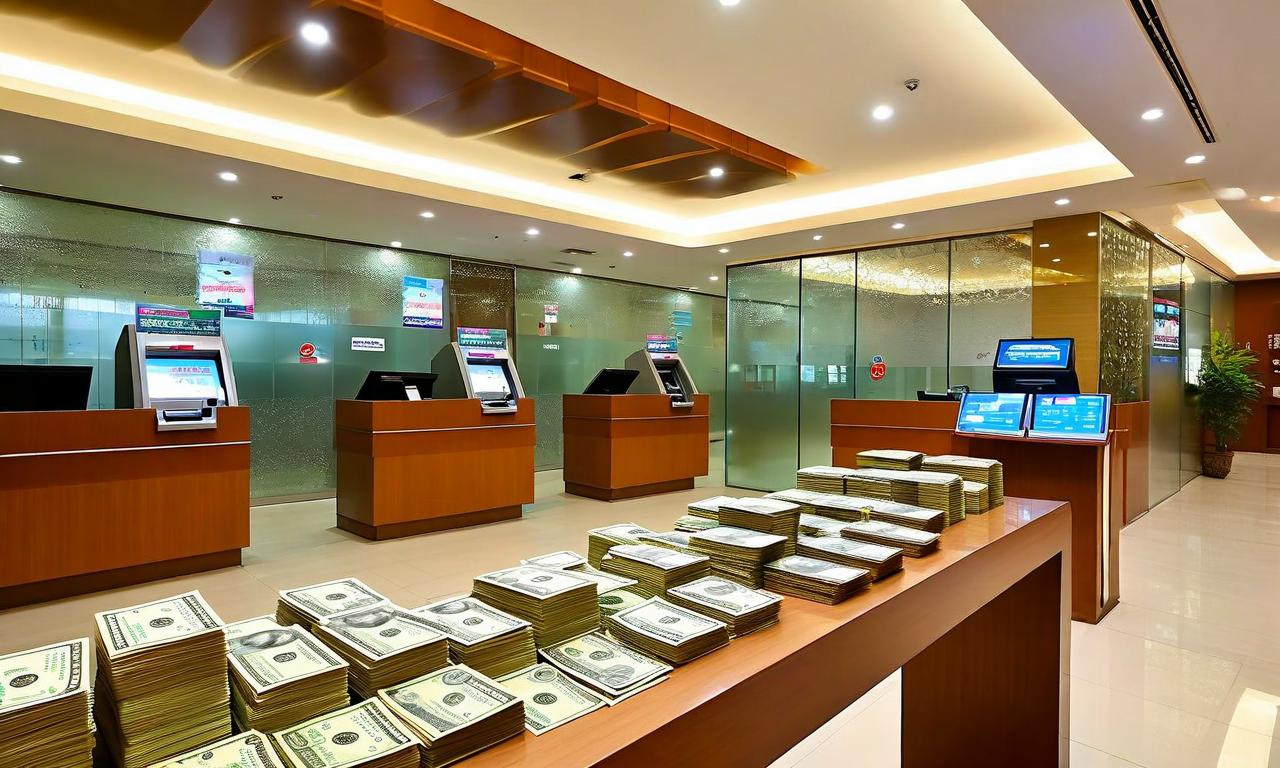Axis Bank Board Approves Amended GDR Agreement, Granting Voting Rights to Holders
Axis Bank's Board of Directors has approved an Amended and Restated Deposit Agreement for its Global Depositary Receipts (GDRs), granting voting rights to GDR holders. This change is subject to Reserve Bank of India (RBI) approval and requires GDR holders to comply with Section 12B of the Banking Regulation Act, 1949, and applicable guidelines. The decision aims to enhance shareholder engagement and potentially increase the attractiveness of Axis Bank's GDRs to international investors.

*this image is generated using AI for illustrative purposes only.
Axis Bank , one of India's leading private sector banks, has taken a significant step towards enhancing shareholder rights for its Global Depositary Receipt (GDR) holders. On October 15, 2025, the bank's Board of Directors approved an Amended and Restated Deposit Agreement for its GDRs, introducing key changes that could reshape investor participation.
Voting Rights for GDR Holders
The most notable amendment to the agreement is the provision of voting rights to GDR holders. This move aligns with global best practices and potentially increases the attractiveness of Axis Bank's GDRs to international investors. However, these voting rights come with a crucial caveat: GDR holders must demonstrate compliance with Section 12B of the Banking Regulation Act, 1949, as well as applicable master directions and guidelines.
Regulatory Approval Pending
It's important to note that this board approval is subject to authorization from the Reserve Bank of India (RBI). This regulatory step is critical, given the sensitive nature of voting rights in the banking sector and the need to ensure compliance with India's banking laws.
Implications for Investors
The granting of voting rights to GDR holders, once approved by the RBI, could have several implications:
- Enhanced Shareholder Engagement: GDR holders will have a more direct say in the bank's governance.
- Increased Attractiveness: The GDRs may become more appealing to international investors seeking active participation.
- Compliance Challenges: GDR holders will need to navigate the compliance requirements to exercise their voting rights.
Board Meeting Details
The board meeting where this decision was made lasted from 11:30 am to 6:50 pm IST, indicating the depth of discussions surrounding this significant change.
Market Impact
While it's too early to gauge the market reaction, this move could potentially impact Axis Bank's stock price and the trading of its GDRs. Investors and market analysts will be closely watching for the RBI's decision and any subsequent changes in GDR trading patterns.
Conclusion
Axis Bank's decision to amend its GDR agreement represents a progressive step towards empowering international investors. However, the real impact of this change will only be clear once regulatory approval is secured and the practical implications of the compliance requirements are better understood. Stakeholders should keep a close eye on further developments, particularly the RBI's response to this proposal.
Historical Stock Returns for Axis Bank
| 1 Day | 5 Days | 1 Month | 6 Months | 1 Year | 5 Years |
|---|---|---|---|---|---|
| -5.07% | -4.41% | -2.40% | +0.35% | +5.97% | +101.22% |
















































